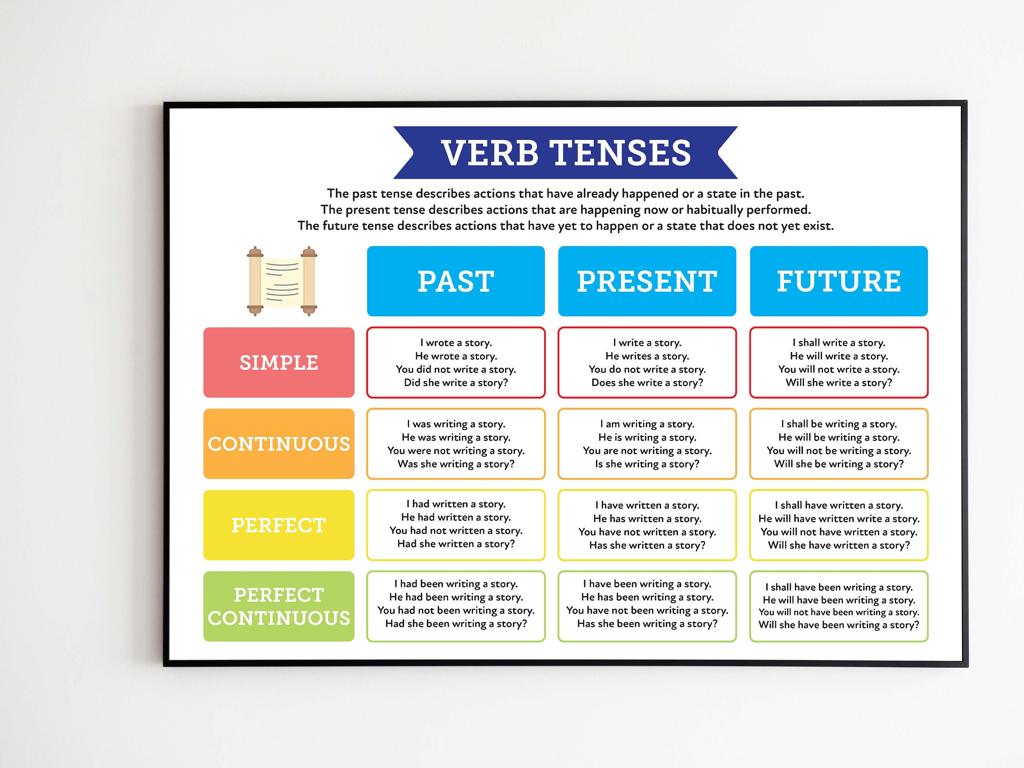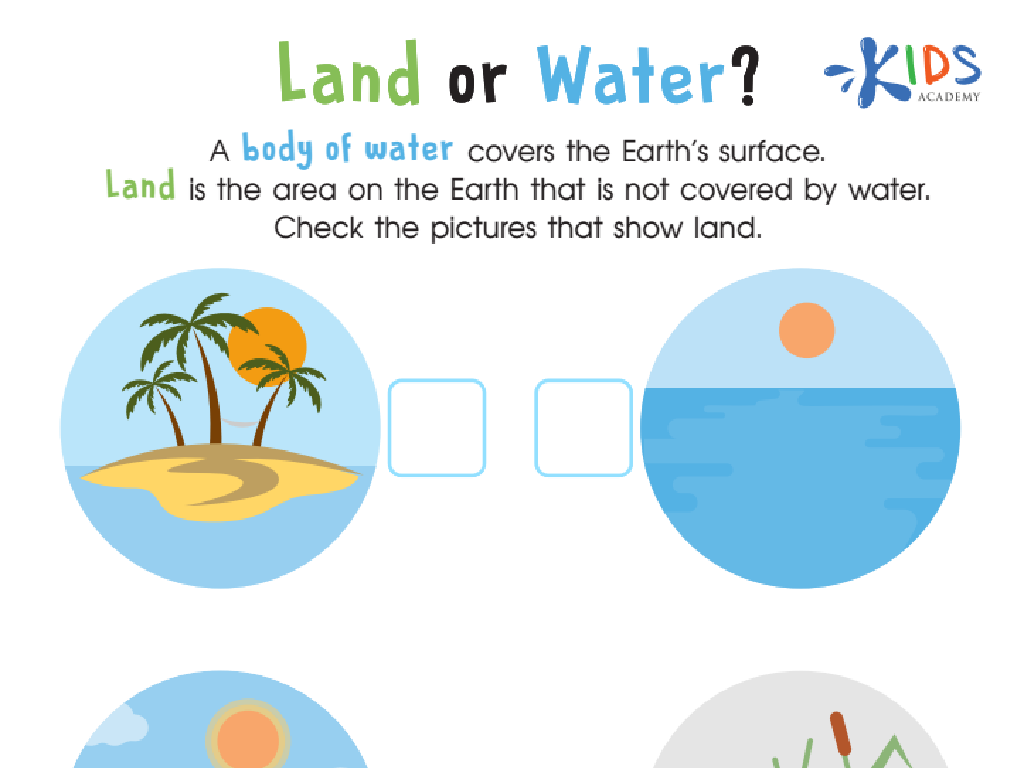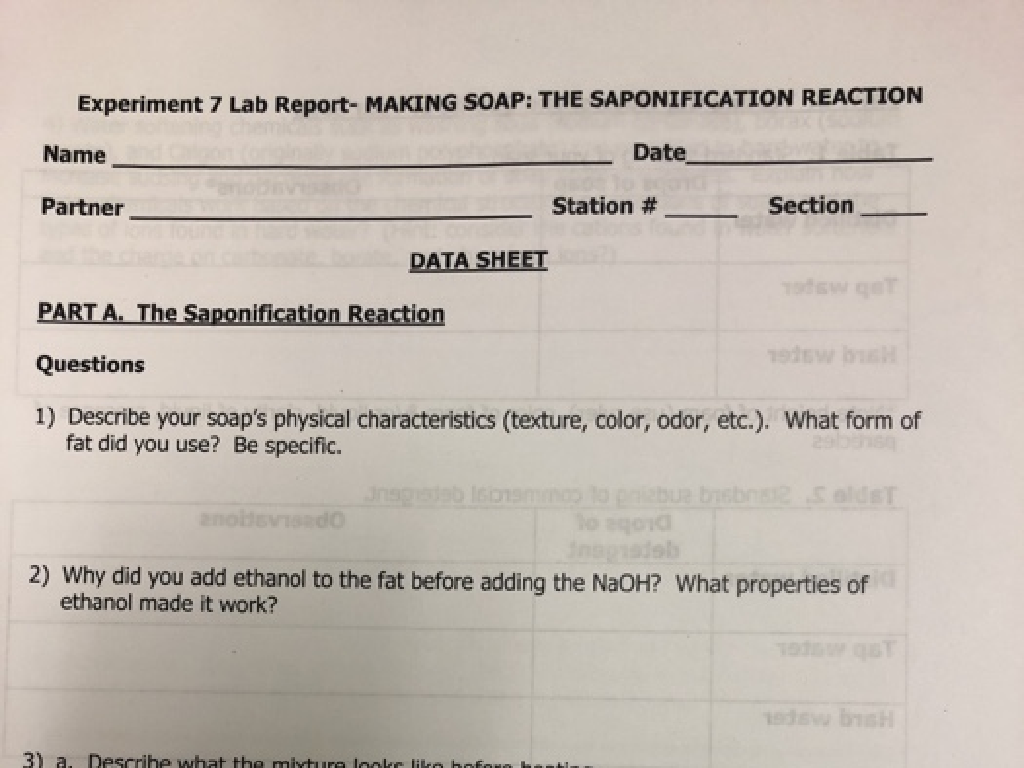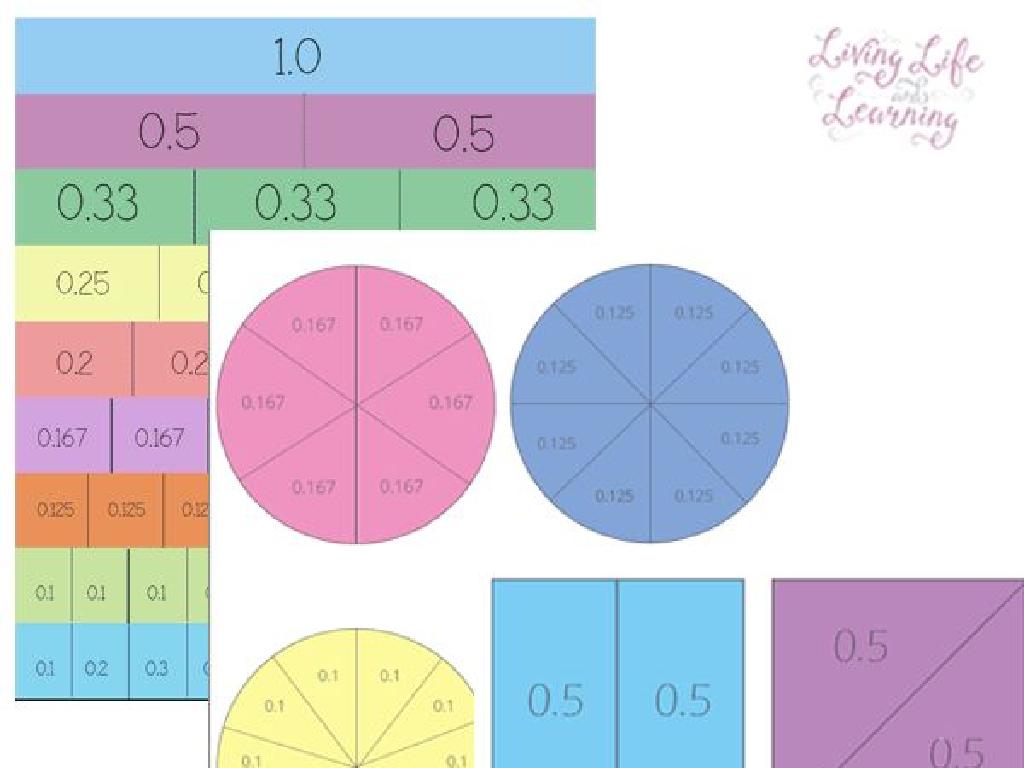Classify Fruits And Vegetables As Plant Parts
Subject: Science
Grade: Second grade
Topic: Plants
Please LOG IN to download the presentation. Access is available to registered users only.
View More Content
Welcome to the Plant Kingdom!
– Plants are living things
– We eat different plant parts
– Roots, stems, leaves, fruits, seeds
– Fruits and vegetables are plant parts
– Fruits have seeds, vegetables are other parts
– Let’s name fruits and vegetables
– Think of your favorite ones to share
|
This slide introduces the concept that plants are living organisms and that the fruits and vegetables we eat are actually different parts of these plants. Begin by explaining that just like humans, plants have different parts that serve various functions. Then, engage the students by discussing the parts of the plants that we commonly consume, such as roots like carrots, stems like celery, leaves like lettuce, fruits like apples, and seeds like peas. Encourage the children to think about what they eat at home and to categorize them as fruits or vegetables. This will set the stage for understanding the role of each plant part in the plant’s life and in our diets.
Exploring Plant Parts
– Plants are living organisms
– Just like animals, plants are alive and need care
– Plants have various parts
– Roots anchor the plant, stems support, leaves make food, flowers attract pollinators, and fruits bear seeds
– Plants require sunlight and water
– Without light and water, plants can’t grow
– Roots, stems, leaves, flowers, fruits
|
This slide introduces the concept of plants as living things and their basic needs for survival. It’s crucial to explain that plants are similar to humans and animals in that they require care and specific conditions to live. Discuss the different parts of plants and their functions: roots for absorbing water and nutrients, stems for support and transport, leaves for photosynthesis, flowers for reproduction, and fruits for housing seeds. Emphasize the importance of sunlight and water for plant growth. Use this opportunity to prepare for a hands-on activity where students can examine real plant parts or grow their own plants in class.
Fruits vs. Vegetables: Plant Parts
– Fruits have seeds, from flowers
– Like apples or tomatoes!
– Vegetables are roots, stems, or leaves
– Like carrots (roots), celery (stems), lettuce (leaves)
– Classifying fruits and vegetables
– Activity: Identifying plant parts
– We’ll sort different foods into fruits or vegetables
|
This slide introduces the concept of classifying fruits and vegetables based on the parts of the plant they originate from. Fruits are typically the part of the plant that develops from the flower and contains seeds, such as apples, oranges, and tomatoes. Vegetables, on the other hand, can be any other part of the plant, including roots like carrots, stems like celery, and leaves like lettuce. The activity for the class will involve sorting a variety of foods into fruits or vegetables, reinforcing the concept. Encourage the students to think about the characteristics of each plant part and why they might be classified as a fruit or a vegetable. This hands-on activity will help solidify their understanding of plant biology and the differences between these two categories of plant parts.
Plant Parts: Fruits and Vegetables
– Carrots and potatoes are roots
– They grow underground and store food
– Celery and asparagus are stems
– They hold the plant up and carry water
– Lettuce and spinach are leaves
– They create food using sunlight
– Apples and tomatoes are fruits
– They develop from the plant’s flowers
|
This slide is aimed at helping second-grade students understand that the fruits and vegetables they eat are actually different parts of plants. Carrots and potatoes are examples of roots that absorb nutrients and water from the soil. Celery and asparagus function as stems, supporting the plant structure and transporting water and nutrients. Lettuce and spinach are leaves, which are crucial for photosynthesis, the process by which plants make their food using sunlight. Lastly, apples and tomatoes are fruits, which come from the flowers of plants and contain seeds for reproduction. Encourage students to think of other fruits and vegetables and identify what part of the plant they come from. This will help them appreciate the variety of plant parts we consume and understand the role each part plays in the life of a plant.
Fun Facts About Fruits and Vegetables
– Tomatoes are fruits, not vegetables
– They have seeds inside, which makes them fruits!
– Potatoes are roots that store food
– They grow underground and are the plant’s food storage.
– Broccoli is a type of flower
– Broccoli is the flower part of the plant we eat.
– Fruits and vegetables are plant parts
|
This slide is designed to spark curiosity and interest in the students about the different parts of plants that we commonly eat. Start by explaining that not all foods we call vegetables are scientifically classified as such; tomatoes are an example of this, as they contain seeds and are therefore fruits. Discuss how potatoes serve as a food reserve for the plant, and that when we eat potatoes, we’re actually eating a plant’s roots. Highlight that some of the vegetables we eat, like broccoli, are actually the flowers of the plant. This will help students understand that fruits and vegetables come from various parts of plants and that the classification is based on the plant structure they originate from. Encourage the students to think of other examples and to explore their own fruits and vegetables at home to identify what part of the plant they are eating.
Class Activity: Plant Part Picnic
– Create a ‘Plant Part Picnic’
– Choose fruits and vegetables
– Classify them by plant part
– Are they roots like carrots, or fruits like apples?
– Explain your classification
– Use clues like shape and where it grows
|
In this interactive class activity, students will engage in a ‘Plant Part Picnic’ where they will select various fruits and vegetables and classify them as different parts of a plant such as roots, stems, leaves, or fruits. Provide a range of fruits and vegetables for the students to choose from. Guide them to think about the characteristics of each plant part. For roots, they might be below ground like carrots or beets. Stems could be celery or asparagus, which support the plant. Leaves like lettuce or spinach are often green and broad. Fruits are the part of the plant that contains seeds, like tomatoes or peppers. Encourage students to share their reasoning, fostering a discussion on plant biology and healthy eating. Prepare to have alternative activities for students with food allergies or dietary restrictions.
Review: Fruits & Vegetables as Plant Parts
– Review plant parts we learned
– Classify onion, broccoli, watermelon
– Onion is a bulb, broccoli is a flower, watermelon is a fruit
– Ask any questions you have
– Understanding is key!
– It’s important to understand how each part helps the plant
|
This slide is meant to recap the lesson on plant parts and test the students’ understanding by having them classify common foods as parts of plants. Start by reviewing the different parts of plants that we eat, such as roots, stems, leaves, fruits, and seeds. Then, ask the students to classify onion (a bulb, which is a type of stem), broccoli (a flower), and watermelon (a fruit). Encourage students to ask questions if they’re unsure about why these classifications are made. The goal is to ensure that students can apply what they’ve learned about plant parts to everyday examples and to clear up any confusion. This understanding is crucial for their grasp of how plants grow and the role of each part.
Healthy Eating with Plant Parts
– Congratulations on learning plant parts!
– Eating different plant parts is healthy
– Like roots, stems, leaves, fruits, and seeds
– Include fruits and veggies in meals
– They give us vitamins and minerals
– Keep exploring plant parts at home
|
This slide is a conclusion to the lesson on classifying plant parts. Reinforce the idea that plants are made up of various parts, each with its own nutritional value. Emphasize the health benefits of eating a wide range of plant parts, including fruits and vegetables, which provide essential vitamins and minerals. Encourage the students to continue exploring and including these healthy options in their meals at home. Celebrate their achievement in learning about plant parts today and remind them to keep applying this knowledge in their daily lives.






